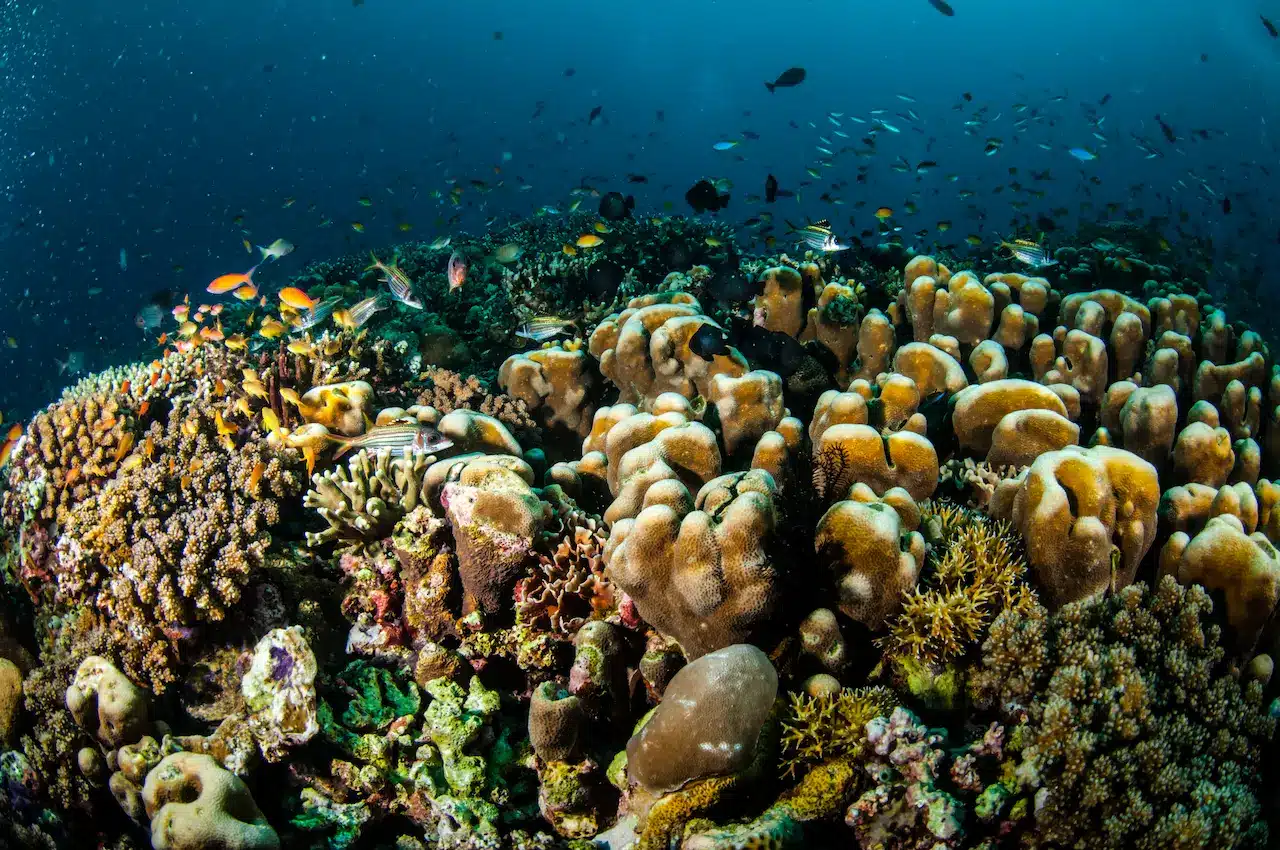Storage of diving equipment at home and outdoors
Storing diving equipment is something of an art, and we’ll give you some tips on how to properly pack and store it during the winter months. We’ll also tell you how to store equipment in the summer if you live by the sea/ocean, where it’s always warm so that nothing happens to it either.
We will turn to Dubai for an example, where the waves of the Persian Gulf often delight divers. And in arranging a place to store their equipment, as well as a backyard, people turn to the famous company – Parasol Dubai. Initially, I would like to say that the Parasoldubai company has a variety of furniture products both for arranging the interior of your home and for arranging your yard. If you’ve been thinking about creating a place to store your diving equipment, then perhaps you should consider completely furnishing the backyard of your home. For example, buy an outdoor day bed so that after a great dive underwater you can come home, take a nap, relax in the fresh air, and gain strength.
Table of Contents
Toggle
Rules for storing diving equipment. Step 1
Diving equipment should be washed with fresh, non-chlorinated water, as the remaining saltwater crystallizes and spoils it, and chlorine, in turn, discolors and corrodes the material. However, keep in mind that lake water may contain bacteria and minerals. Diving around coral reefs can leave your equipment dirty and you need to maintain it for your safety and longevity of your equipment.
Dry the equipment thoroughly before storing it. The drying process may take a little longer than expected; in climates with high humidity, it may take several days for the equipment to dry completely. To speed up this process, place your equipment in an air-conditioned room or install a fan opposite the drying area. Never dry equipment in the sun – it will indeed dry faster, but UV rays can have a negative effect on fabric, neoprene, and silicone.
To prevent seals from sticking around the neck, wrists, shoulders, and face, wet suits and hoods should be dried on both sides. BCDs should be slightly inflated before drying to ensure that there is no sticking inside.
Step 2: Choose storage containers
It may be tempting to shove your equipment back into a box and put it in a closet at your home. However, this is far from the best way to store scuba gear. Diving equipment provides the best habitat for invertebrate arthropods. Place your equipment in plastic containers with a tight lid or hang it up.
Any tightly closing plastic container is suitable for storing equipment. Transparent plastic containers are preferable, where you can immediately see what exactly is in them. If you need to store equipment in a humid climate, you can place desiccant bags in the container to prevent a musty, musty smell.
If you decide to hang your equipment, then choose the right hangers. A wet suit should hang on wide hangers that do not deform it. Some divers prefer to hang their suit on wide trouser hangers so that it does not stretch under its own weight. In principle, you can also buy special equipment hangers with hooks so that you can hang boots, buoyancy compensators, regulators, and even fins.
Step 3: Prepare your gear for storage
Each individual piece of equipment must be stored in a specific way.
- The fins come with plastic inserts that help maintain their shape and prevent kinks and wrinkles so that they fit well on your feet. Fins must be stored horizontally.
- The mask should be stored in a mask box to prevent the silicone from bending. If stored incorrectly, the mask may become deformed and no longer fit perfectly. The tubes should be detached from the mask and stored in a similar manner, ensuring that the mouthpiece does not become deformed.
- Wet suits should be hung or folded. Dry suits are best stored in their original packaging.
- Buoyancy compensators must be stored with an air cushion inside.
- Regulators should always be stored with a protective cap. If you plan to pack your regulators in a box, roll them loosely into a ring so that the hoses do not kink.
- Dive computers and other electronics must be thoroughly washed and dried.
- Anything that can rust (knives or clamps) should be coated with silicone spray.
Step 4: Plan your next dive season
Diving equipment requires regular maintenance. Consider whether your regulators will need a “professional examination” before the next season. If so, pack them so that they are easy to reach. Check your dive computer batteries. If the charge is low, then the end of the season is a great time to send your computer to a service center to replace the batteries.
Conclusion
Remember that even if properly stored, dive equipment should be checked for leaks and other problems after it has not been used for a while. The O-ring and other seals may dry out and stick together. The worst thing is if you discover this after you arrive at your dive site. Now that everything is done, sit back, relax, and dream about your next trip.


